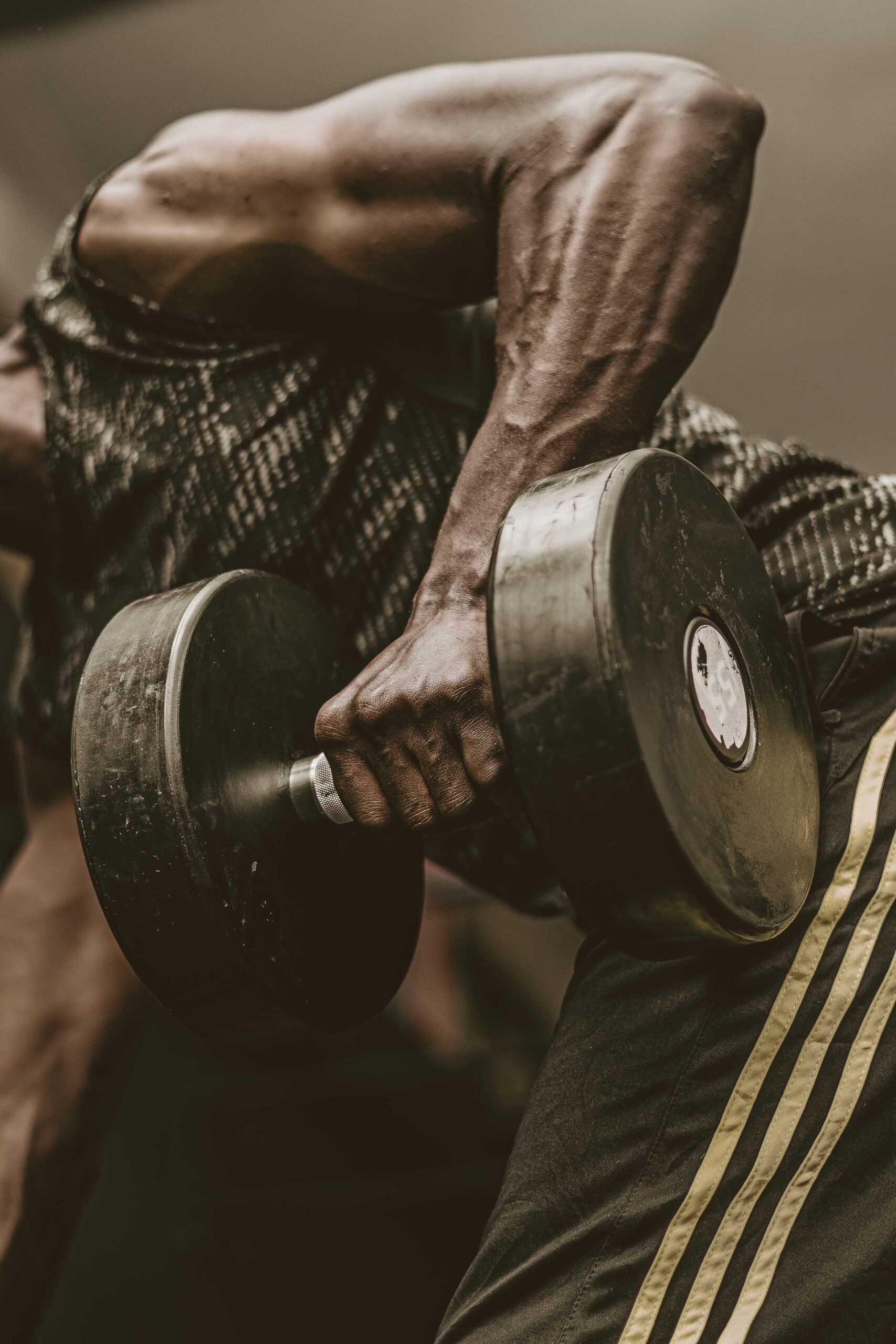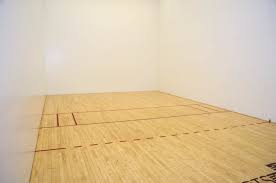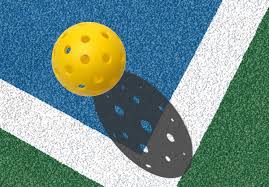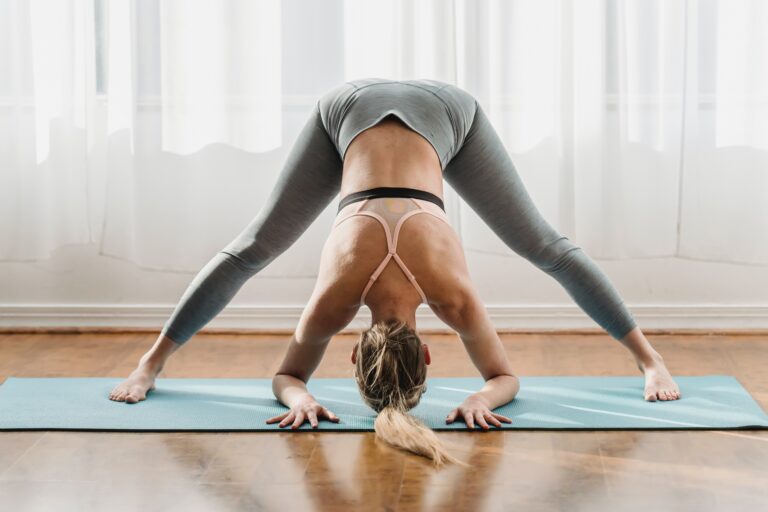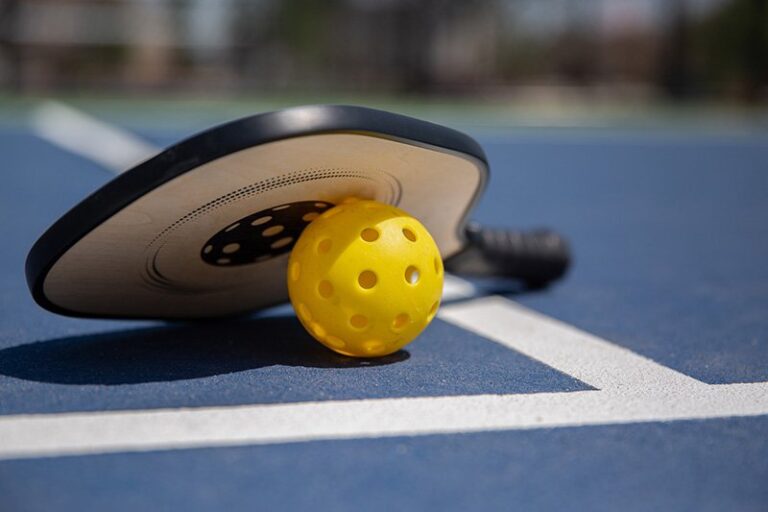Reclaim Your Elbow’s Strength: Empowering 2023 Ultimate Guide to Revitalizing Elbow Rehab and Energizing Exercises
Welcome to our comprehensive guide on elbow rehabilitation. Whether you’re an athlete recovering from a sports-related injury or an individual experiencing elbow pain due to repetitive motions or conditions like tennis elbow or golfer’s elbow, this article is here to help you understand the rehabilitation process and provide you with valuable insights on how to regain strength, flexibility, and function in your elbow.
The elbow joint plays a crucial role in various activities that involve the use of our arms and hands. However, it is also prone to injury and overuse, leading to pain, inflammation, and limited mobility. Elbow rehabilitation is a multifaceted approach that involves specific exercises, stretches, and therapeutic techniques to promote healing, reduce pain, and restore optimal function.
In this article, we will explore the common causes of elbow injuries and conditions, along with the underlying anatomy and mechanics of the elbow joint. We will delve into the importance of early intervention, proper diagnosis, and a well-structured rehabilitation plan in order to facilitate optimal recovery.
Our aim is to provide you with a comprehensive understanding of the different stages of elbow rehabilitation, from initial rest and pain management to gradually increasing mobility, strength, and functional activities. We will discuss various rehabilitation exercises, therapeutic modalities, and techniques that can help alleviate pain, reduce inflammation, and promote tissue healing.
It is important to note that while this article can provide valuable information and guidance, it is not a substitute for professional medical advice. If you are experiencing persistent or severe pain, it is recommended to consult with a healthcare professional or a qualified physical therapist who can assess your specific condition and provide personalized guidance.
Elbow rehabilitation requires patience, consistency, and a commitment to following the prescribed rehabilitation program. By actively participating in your own recovery, you can optimize the healing process, regain full range of motion, and return to your desired level of activity and functionality.
So, whether you’re an athlete eager to get back to the game or an individual seeking relief from chronic elbow pain, let’s embark on this journey of elbow rehabilitation together and empower ourselves with the knowledge and tools needed to achieve a successful recovery.
The Elbow Joint
The elbow joint is a complex hinge joint that connects the upper arm bone (humerus) to the two forearm bones (radius and ulna). It plays a vital role in the movement and functionality of the arm.
Bony Articulations: The elbow joint is formed by the articulation of three main bones: the humerus, radius, and ulna. These bones come together to create a stable joint with distinct features.
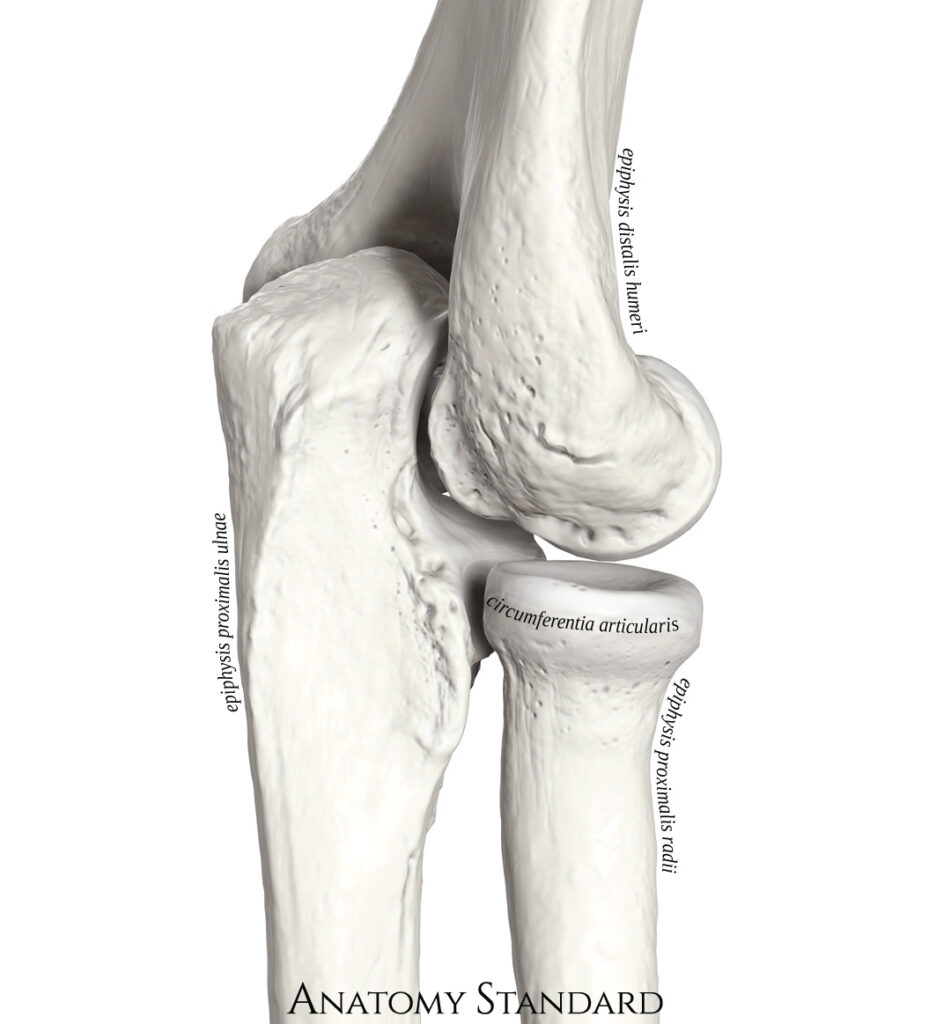
- Humerus: The upper arm bone, known as the humerus, forms the primary bony component of the elbow joint. It has two distinct bony landmarks called the medial and lateral epicondyles, which serve as attachment points for various muscles and ligaments.
- Radius: The radius is one of the two forearm bones, located on the thumb side (lateral) of the forearm. It connects to the humerus at the radial head, a rounded structure that articulates with the capitulum of the humerus. The radius plays a significant role in forearm rotation.
- Ulna: The ulna is the other forearm bone, situated on the little finger side (medial) of the forearm. It connects to the humerus at the trochlea, a spool-like structure that fits into the semilunar notch of the ulna. The ulna provides stability to the elbow joint.
Ranges of Motion: The elbow joint allows for several essential ranges of motion that enable us to perform various activities involving the arm. These movements include:
- Flexion: Flexion refers to the bending of the elbow joint, bringing the forearm closer to the upper arm. This movement is used in activities such as lifting, carrying, and throwing.
- Extension: Extension is the opposite of flexion, involving the straightening of the elbow joint to bring the forearm back to a neutral position. It is necessary for pushing, punching, and reaching movements.
- Pronation: Pronation is the rotation of the forearm so that the palm faces downward. It allows for tasks like turning a doorknob, using a screwdriver, or pouring from a pitcher.
- Supination: Supination is the rotation of the forearm so that the palm faces upward. This motion is involved in activities like opening a jar, using a key, or throwing a frisbee.
The coordinated interaction of these ranges of motion in the elbow joint provides us with the ability to perform a wide array of daily and athletic activities effectively.
Understanding the bony articulations and ranges of motion of the elbow joint is crucial in the context of elbow rehabilitation, as it allows healthcare professionals and individuals to design targeted exercises and therapies to restore function, alleviate pain, and promote optimal recovery following injuries or conditions affecting the elbow.
Structures of the Elbow
The elbow joint is supported and stabilized by a network of ligaments and muscles. Let’s explore the key ligaments and muscles that play important roles in the functioning and stability of the elbow.
Ligaments of the Elbow:
- Medial Collateral Ligament (MCL): The MCL is located on the inner side (medial) of the elbow joint and connects the humerus to the ulna. It provides stability and resists excessive valgus (outward) stress, preventing the elbow from opening up on the inner side.
- Lateral Collateral Ligament (LCL): The LCL is situated on the outer side (lateral) of the elbow joint, linking the humerus to the radius. It provides stability and prevents excessive varus (inward) stress, keeping the elbow from opening up on the outer side.
- Annular Ligament: The annular ligament surrounds the head of the radius and holds it securely against the ulna. It enables smooth rotation of the forearm and ensures proper alignment of the bones during movement.
Muscles of the Elbow

Several muscles cross the elbow joint and play a role in its movement and stability. Here is a list of muscles that cross the elbow joint:
- Biceps Brachii:
- Origin: Supraglenoid tubercle of the scapula and coracoid process of the scapula.
- Insertion: Radial tuberosity of the radius and bicipital aponeurosis.
- Brachialis:
- Origin: Anterior surface of the distal half of the humerus.
- Insertion: Coronoid process of the ulna and ulnar tuberosity.
- Brachioradialis:
- Origin: Lateral supracondylar ridge of the humerus.
- Insertion: Styloid process of the radius.
- Triceps Brachii:
- Origin: Long head – Infraglenoid tubercle of the scapula.
- Origin: Lateral head – Posterior surface of the humerus, above the radial groove.
- Origin: Medial head – Posterior surface of the humerus, below the radial groove.
- Insertion: Olecranon process of the ulna.
- Anconeus:
- Origin: Lateral epicondyle of the humerus.
- Insertion: Lateral surface of the olecranon and proximal ulna.
- Supinator:
- Origin: Arises from the lateral epicondyle of the humerus and the annular ligament.
- Insertion: Inserts at the proximal part of the radius, specifically the lateral surface below the radial tuberosity.
- Pronator Teres:
- Origin: Medial epicondyle of the humerus and coronoid process of the ulna.
- Insertion: Middle of the lateral surface of the radius.
- Flexor Carpi Radialis:
- Origin: Medial epicondyle of the humerus.
- Insertion: Base of the second and third metacarpal bones.
- Palmaris Longus:
- Origin: Medial epicondyle of the humerus.
- Insertion: Flexor retinaculum and palmar aponeurosis.
- Flexor Carpi Ulnaris:
- Origin: Medial epicondyle of the humerus and olecranon of the ulna.
- Insertion: Pisiform bone and base of the fifth metacarpal bone.
These muscles, along with their respective origins and insertions, are crucial for the movements and stability of the elbow joint. By contracting and relaxing, they allow for flexion, extension, supination, and pronation of the forearm, enabling a wide range of functional activities. Strengthening and maintaining the flexibility of these muscles are key components of elbow rehabilitation and overall upper limb strength and mobility.
Nerves of the Elbow
The elbow joint is innervated by several nerves that cross or pass near the joint, providing sensory and motor function to the muscles and skin in the area. These nerves could be impinged at certain locations in the elbow. Here are the main nerves that cross the elbow and where they pass:
- Median Nerve:
- Location: The median nerve passes through the elbow joint by running between the two heads of the pronator teres muscle, near the anterior aspect of the elbow.
- Function: The median nerve provides motor innervation to some of the flexor muscles in the forearm and hand, as well as sensation to the palmar side of the thumb, index finger, middle finger, and half of the ring finger.
- Radial Nerve:
- Location: The radial nerve does not directly cross the elbow joint but travels along the back of the upper arm, between the brachialis and brachioradialis muscles. It can be palpated in the radial groove on the back of the humerus.
- Function: The radial nerve innervates the extensor muscles of the forearm and hand, allowing for extension of the elbow, wrist, and fingers. It also provides sensation to the posterior aspect of the arm, forearm, and hand.
- Ulnar Nerve:
- Location: The ulnar nerve passes behind the medial epicondyle of the humerus, a bony prominence on the inner side of the elbow known as the “funny bone.” This is a vulnerable spot where the nerve can be easily irritated or compressed.
- Function: The ulnar nerve supplies motor function to the muscles of the hand, especially those responsible for fine movements and grip strength. It also provides sensation to the little finger and half of the ring finger on the palmar and dorsal sides.
These nerves play a crucial role in the sensory and motor functions of the arm and hand, and any injury or compression to these nerves can result in symptoms such as pain, weakness, or altered sensation. It is important to maintain proper positioning and avoid excessive pressure or trauma around the elbow to prevent nerve-related issues.
Referral Patterns
Referral patterns occur when pain or discomfort in one area of the body is perceived in another area. While the elbow joint itself does not typically have direct referral patterns, there are certain muscles that can refer pain or discomfort to the elbow region. Here are a few muscles with referral patterns that may be felt in the elbow:
- Trapezius: The upper fibers of the trapezius muscle, which run along the neck and upper back, can refer pain to the lateral aspect of the arm and sometimes extend down to the elbow.
- Levator Scapulae: This muscle, located at the back and side of the neck, can refer pain to the posterior and medial aspects of the upper arm, occasionally reaching the elbow.
- Rhomboid Muscles: The rhomboid major and rhomboid minor muscles, located between the shoulder blades, may refer pain to the posterior aspect of the shoulder and upper arm, occasionally extending to the elbow.
- Latissimus Dorsi: The latissimus dorsi muscle, spanning from the mid-back to the lower sides, can refer pain to the posterior and sometimes medial aspect of the upper arm, including the elbow region.
- Supraspinatus: The supraspinatus muscle, one of the rotator cuff muscles located in the shoulder, can refer pain to the lateral aspect of the upper arm, occasionally extending down towards the elbow.
- Infraspinatus: This muscles can refer down the medial side of the arm into the medial side of the elbow.
It’s important to note that referral patterns can vary among individuals, and not everyone may experience these patterns. Additionally, other factors such as joint dysfunction, nerve compression, or specific injuries can contribute to elbow pain. If you’re experiencing persistent or severe elbow pain, it’s advisable to consult with a healthcare professional for a proper diagnosis and treatment plan.
Common Injuries of the Elbow
Elbow injuries can occur due to various reasons, including sports activities, repetitive motions, accidents, or trauma. Here are some common elbow injuries:
- Tennis Elbow (Lateral Epicondylitis): This condition involves inflammation or micro-tears in the tendons that attach to the lateral epicondyle (bony bump on the outer side of the elbow). It is typically caused by repetitive wrist and arm motions, leading to pain and tenderness on the outer side of the elbow.
- Treatment: Resting the affected arm, applying ice packs, taking over-the-counter pain medications, and using a counterforce brace. Physical therapy may be recommended for stretching and strengthening exercises. In severe cases, corticosteroid injections or surgery may be considered.
- Rehabilitation: Gradual reintroduction of activities, progressive strengthening exercises targeting the forearm muscles, flexibility exercises, and modification of technique or equipment to reduce strain on the elbow
- Golfer’s Elbow (Medial Epicondylitis): Similar to tennis elbow, golfer’s elbow involves inflammation or micro-tears in the tendons that attach to the medial epicondyle (bony bump on the inner side of the elbow). It is caused by repetitive wrist and forearm motions, resulting in pain and tenderness on the inner side of the elbow.
- Treatment: Similar to tennis elbow, treatment includes rest, ice packs, pain medications, and the use of a counterforce brace. Physical therapy focusing on stretching, strengthening, and improving flexibility is often prescribed. In severe cases, corticosteroid injections or surgery may be considered.
- Rehabilitation: Similar to tennis elbow, rehabilitation involves a gradual return to activities, progressive strengthening exercises for the forearm muscles, flexibility exercises, and modifications to technique or equipment as needed.
- Elbow Sprain: An elbow sprain occurs when the ligaments supporting the elbow joint are stretched or torn. This can happen due to a fall, forceful twisting, or sudden impact. Symptoms include pain, swelling, and instability of the elbow joint.
- Treatment: Initial treatment involves rest, ice packs, compression, and elevation (RICE). Immobilization with a splint or brace may be necessary, followed by physical therapy for strengthening and range-of-motion exercises. Severe sprains may require surgery.
- Rehabilitation: Rehabilitation aims to restore range of motion, strength, and stability of the elbow joint. Physical therapy includes specific exercises, manual therapy techniques, and functional training to regain optimal function and prevent re-injury.
- Elbow Dislocation: A dislocation happens when the bones of the elbow joint are forced out of their normal alignment. This can occur due to a fall, sports injury, or trauma. Dislocated elbows are characterized by severe pain, deformity, swelling, and limited range of motion.
- Treatment: Immediate medical attention is essential to relocate the dislocated joint. After reduction, the elbow may be immobilized with a splint or cast. Physical therapy is crucial for restoring range of motion, strength, and stability of the joint.
- Rehabilitation: Rehabilitation includes gentle range-of-motion exercises, followed by strengthening exercises to rebuild stability and muscle function. Gradual progression to functional activities is done under the guidance of a physical therapist.
- Elbow Fracture: Fractures of the bones in the elbow, such as the humerus, radius, or ulna, can occur due to falls, direct impact, or high-force injuries. Fractures may cause immediate pain, swelling, bruising, deformity, and difficulty in moving the elbow.
- Treatment: Treatment depends on the severity and location of the fracture. It may involve casting, splinting, or surgical fixation. Immobilization is typically followed by physical therapy to regain range of motion, strength, and function.
- Rehabilitation: Physical therapy focuses on gentle range-of-motion exercises, strengthening exercises for the surrounding muscles, and functional activities to restore full function of the elbow joint.
- Olecranon Bursitis: This condition involves inflammation or irritation of the bursa, a fluid-filled sac located at the tip of the elbow. It can be caused by repetitive pressure, trauma, infection, or certain medical conditions. Symptoms include swelling, tenderness, and pain at the back of the elbow.
- Treatment: Treatment options include rest, ice packs, compression, and anti-inflammatory medications. Aspiration of fluid from the bursa may be necessary in some cases. Protecting the elbow from further irritation or trauma is important.
- Rehabilitation: Once the acute symptoms subside, gentle range-of-motion exercises and strengthening exercises can be started. Physical therapy aims to restore flexibility, strength, and functional use of the elbow.
These are just a few examples of common elbow injuries. If you suspect an elbow injury or experience persistent pain, it is important to seek medical evaluation and appropriate treatment for an accurate diagnosis and recovery plan.
Exercises for the Elbow
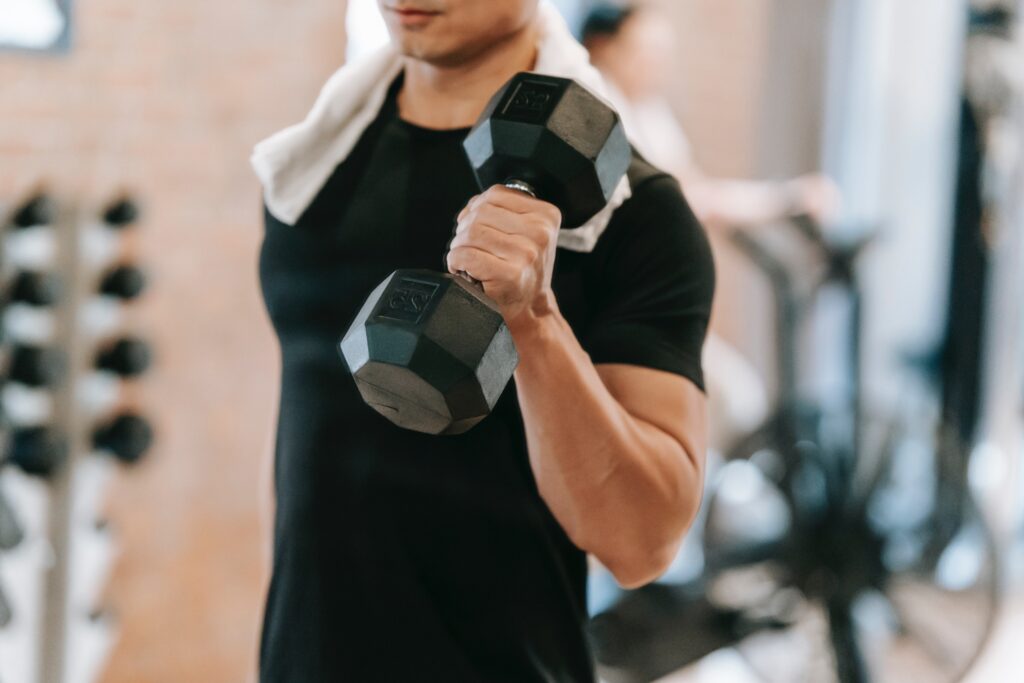
It is indeed important that rehabilitation exercises for an injured elbow are designed to mimic the specific motions or activities that are trying to be restored. This concept is known as functional rehabilitation.By incorporating exercises that replicate the desired movements or functions, the rehabilitation process becomes more specific and targeted. It helps train the muscles, tendons, and joints to adapt and regain the coordination and strength necessary for those particular activities.
For example, if the goal is to regain the ability to throw a ball, the rehabilitation exercises may involve exercises that simulate the throwing motion, gradually progressing from basic range-of-motion exercises to more dynamic and sport-specific movements. Similarly, if the objective is to regain the ability to lift objects or perform gripping tasks, exercises may focus on strengthening the muscles involved in those actions, such as the forearm flexors and extensors.
By incorporating functional movements into the rehabilitation program, you can enhance muscle memory, improve coordination, and promote a smoother transition back to your desired activities or sports. It’s important to note that while functional exercises are valuable, they should be introduced at an appropriate stage of the rehabilitation process. Initially, it may be necessary to start with basic exercises to build a foundation of strength and stability before progressing to more complex functional movements.
Working with a healthcare professional or a qualified physical therapist is crucial in designing a rehabilitation program that includes the specific motions and activities you aim to restore. They can guide you through the appropriate exercises, ensure proper technique, and monitor your progress to maximize your recovery potential.
Sample Exercises
- Pronation-Supination:
- Sit or stand with your elbow bent at a 90-degree angle and your forearm resting on a table or your thigh.
- Hold a dumbbell or a weighted object (such as a hammer or soup can) with your palm facing down.
- Slowly rotate your forearm outward, turning your palm up.
- Return to the starting position and repeat the movement.
- Perform 2-3 sets of 10-15 repetitions on each arm.
- Wrist Curls – Flexors
- Sit on a bench or stand with your forearm resting on a table, palm facing up.
- Hold a dumbbell or a weighted object in your hand, allowing your wrist to hang over the edge of the bench or table.
- Curl your wrist upward, lifting the weight as high as possible.
- Slowly lower the weight back down to the starting position.
- Perform 2-3 sets of 10-15 repetitions on each arm.
- These can be done isometrically too
- Reverse Wrist Curls – Extensors
- Sit on a bench or stand with your forearm resting on a table, palm facing down.
- Hold a dumbbell or a weighted object in your hand, allowing your wrist to hang over the edge of the bench or table.
- Curl your wrist upward, lifting the weight as high as possible.
- Slowly lower the weight back down to the starting position.
- Perform 2-3 sets of 10-15 repetitions on each arm.
- These can be done isometrically too
- Isometric Bicep and Tricep Contractions:
- Sit or stand with your elbow bent at a 90-degree angle and your forearm supported.
- Place your opposite hand against your bicep or tricep.
- Attempt to bend or straighten your elbow while providing resistance with your opposite hand, creating an isometric contraction.
- Hold the contraction for a few seconds, then relax.
- Perform 2-3 sets of 10-15 repetitions on each arm.
If you want to read the evidence and research for rehab exercises related to elbow injuries, here is a list of some useful papers.
- Landesa-Piñeiro L, Leirós-Rodríguez R. Physiotherapy treatment of lateral epicondylitis: A systematic review. J Back Musculoskelet Rehabil. 2022;35(3):463-477. doi: 10.3233/BMR-210053. PMID: 34397403.
- Hackl M, Beyer F, Wegmann K, Leschinger T, Burkhart KJ, Müller LP. The treatment of simple elbow dislocation in adults. Dtsch Arztebl Int. 2015 May 1;112(18):311-9. doi: 10.3238/arztebl.2015.0311. PMID: 26037467; PMCID: PMC4455254.
- Erickson BJ, Harris JD, Chalmers PN, Bach BR Jr, Verma NN, Bush-Joseph CA, Romeo AA. Ulnar Collateral Ligament Reconstruction: Anatomy, Indications, Techniques, and Outcomes. Sports Health. 2015 Nov-Dec;7(6):511-7. doi: 10.1177/1941738115607208. Epub 2015 Sep 22. PMID: 26502444; PMCID: PMC4622381.
